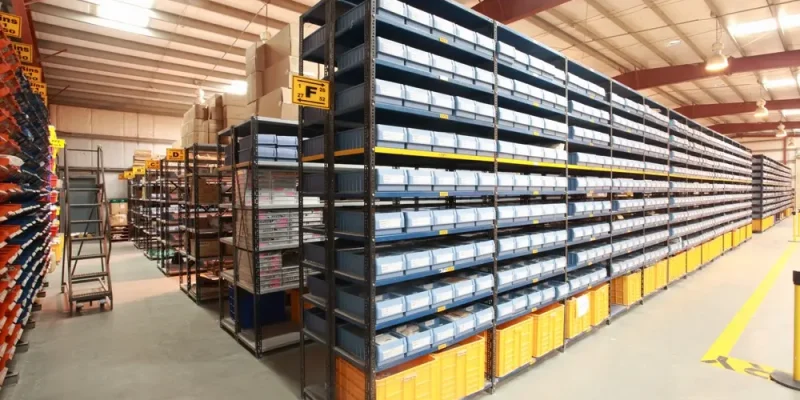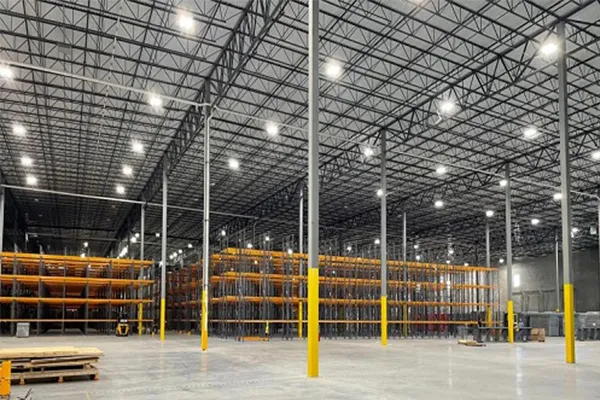Deep within Singapore’s sprawling industrial heartland, a quiet revolution is unfolding as the NTL Storage – racking system emerges from relative obscurity to tackle what industry insiders describe as the most pressing infrastructure challenge of the modern logistics era. Behind the gleaming facades of the city-state’s countless warehouses lies a troubling reality: traditional storage methods are failing spectacularly, creating bottlenecks that ripple through global supply chains and cost businesses millions in lost efficiency.
The scale of this hidden crisis only becomes apparent when examining the stark mathematics. In a nation where every square metre of industrial space commands premium prices, outdated storage infrastructure wastes an estimated 40% of available vertical capacity. For warehouse operators already operating on razor-thin margins, this represents nothing short of an operational catastrophe.
The Anatomy of a Storage Disaster
To understand the magnitude of the challenge, one need only step inside a conventional warehouse during peak operational hours. What appears organised from a distance reveals itself as chaos upon closer inspection. Workers scramble up precarious ladders, searching for inventory buried in poorly designed storage bays. Forklifts queue in narrow aisles, their operators frustrated by systems that seem designed for a bygone era of simpler logistics demands.
The human cost extends beyond mere inefficiency. Singapore’s Workplace Safety and Health Council reports that warehouse accidents involving inadequate storage systems have increased by 23% over the past three years. These incidents don’t just harm workers—they shut down operations, trigger investigations, and create liability exposure that can cripple businesses overnight.
Industry veterans describe the situation with barely concealed alarm. “We’re witnessing a perfect storm of rising property costs, increasing safety regulations, and exponentially growing inventory complexity,” explains one senior logistics executive who requested anonymity due to the sensitive nature of ongoing operational reviews. “The old ways of doing things aren’t just inefficient anymore—they’re becoming dangerous.”
Decoding the Engineering Solution
What separates truly effective racking systems from their conventional counterparts lies in a sophisticated understanding of physics, materials science, and human behaviour. The engineering principles that govern modern storage infrastructure represent decades of accumulated knowledge, distilled into designs that maximise capacity whilst prioritising safety and accessibility.
The technical specifications reveal the complexity behind seemingly simple structures:
- Advanced steel alloy compositions engineered to withstand dynamic loading conditions whilst maintaining structural integrity over decades of use
- Modular connection systems that eliminate weak points commonly found in welded assemblies
- Load distribution algorithms that optimise weight placement across multiple levels and bays
- Seismic resistance features specifically calibrated for Singapore’s geological conditions
- Corrosion protection systems designed to withstand the tropical climate’s relentless humidity
These innovations didn’t emerge overnight. They represent the culmination of extensive research into failure modes, safety protocols, and operational efficiency metrics gathered from installations across diverse industrial environments.
The Intelligence Revolution in Storage
Modern racking systems incorporate intelligence that extends far beyond their structural capabilities. Integrated sensors monitor load distribution in real-time, alerting operators to potential safety concerns before they escalate into dangerous situations. Digital tracking systems create detailed inventories that eliminate the time-wasting searches that plague traditional warehouses.
The transformation in operational efficiency proves dramatic. Facilities implementing advanced racking solutions report inventory retrieval times reduced by up to 60%. Staff productivity metrics improve across virtually every measurable category, from items processed per hour to accuracy rates in order fulfilment.
Perhaps most significantly, these systems adapt to changing requirements without requiring complete reinstallation. As businesses evolve and inventory profiles shift, modular designs allow for reconfiguration that would be impossible with conventional storage infrastructure.
The Economics of Transformation
The financial implications of storage infrastructure decisions extend far beyond initial capital expenditure. When properly implemented, advanced racking systems generate returns that compound over time through reduced labour costs, improved space utilisation, and decreased insurance premiums resulting from enhanced safety profiles.
A comprehensive analysis conducted by Singapore’s Industrial Development Authority revealed that businesses investing in modern storage infrastructure typically achieve full cost recovery within 18 months. The calculation includes not just direct operational savings, but also the value of reduced workplace injuries, improved customer satisfaction through faster order processing, and enhanced ability to scale operations without requiring additional floor space.
One facility manager, speaking on condition of anonymity, provided a particularly striking testimonial: “The NTL Storage – racking system didn’t just solve our storage problems—it fundamentally transformed how we think about warehouse operations. We’re now processing 70% more inventory in the same space with 15% fewer staff injuries.”
The Ripple Effect Across Industries
The implications of storage infrastructure improvements extend far beyond individual warehouse operations. Singapore’s position as Southeast Asia’s logistics hub means that efficiency gains in local facilities create benefits that cascade throughout regional supply chains.
E-commerce platforms report faster delivery times when their fulfilment partners utilise advanced storage systems. Manufacturing operations experience reduced downtime when components can be located and delivered with greater reliability. Even retail operations benefit from the improved inventory accuracy that modern systems provide.
Looking Beyond the Warehouse Walls
The broader implications of this storage revolution reflect Singapore’s commitment to maintaining its competitive edge in an increasingly complex global economy. As automation and artificial intelligence reshape logistics operations, the foundation provided by intelligent storage infrastructure becomes ever more critical.
Future developments promise even greater integration between storage systems and emerging technologies. Robotic picking systems, automated inventory management, and predictive analytics all require storage frameworks designed with technological integration as a primary consideration.
The evidence suggests that organisations recognising and acting upon these infrastructure imperatives position themselves for sustained competitive advantage, whilst those clinging to outdated approaches face mounting operational challenges that threaten their long-term viability through the strategic implementation of the NTL Storage – racking system.












Comments